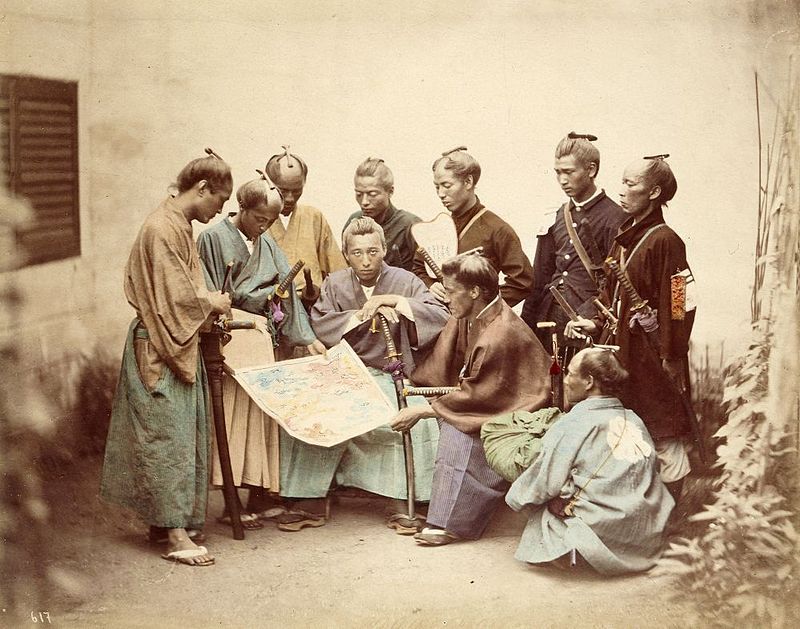
Japan’s politics had split the country. The young Emperor and the Shogunate were at odds, and the Emperor had caused the last Shogun to resign his post. However, the Shogun’s abdication was not enough to satisfy the clan leaders under whose influence the Emperor was acting.
They called a meeting and declared that the very title of ‘Shogun’ was to be abolished. Tokugawa Yoshinobu, the recently abdicated Shogun, was to be stripped of all lands and titles. Yoshinobu was understandably distraught at this, and moved in force toward Kyoto, ostensibly to deliver a letter of protest to the Emperor.
His army was made up of troops from four different allied clans, and their gear reflected the rapid changes Japan was undergoing at the time. There were soldiers of the old style, colourfully dressed, elaborately armoured Samurai with pikes and spears, bows and curved swords, but also there were units of line infantry armed with rifles in the western style. Yoshinobu was not expecting a battle, but as his army approached the seat of power, the city of Kyoto, they found their advance opposed by entrenched troops of the Satsuma clan.
